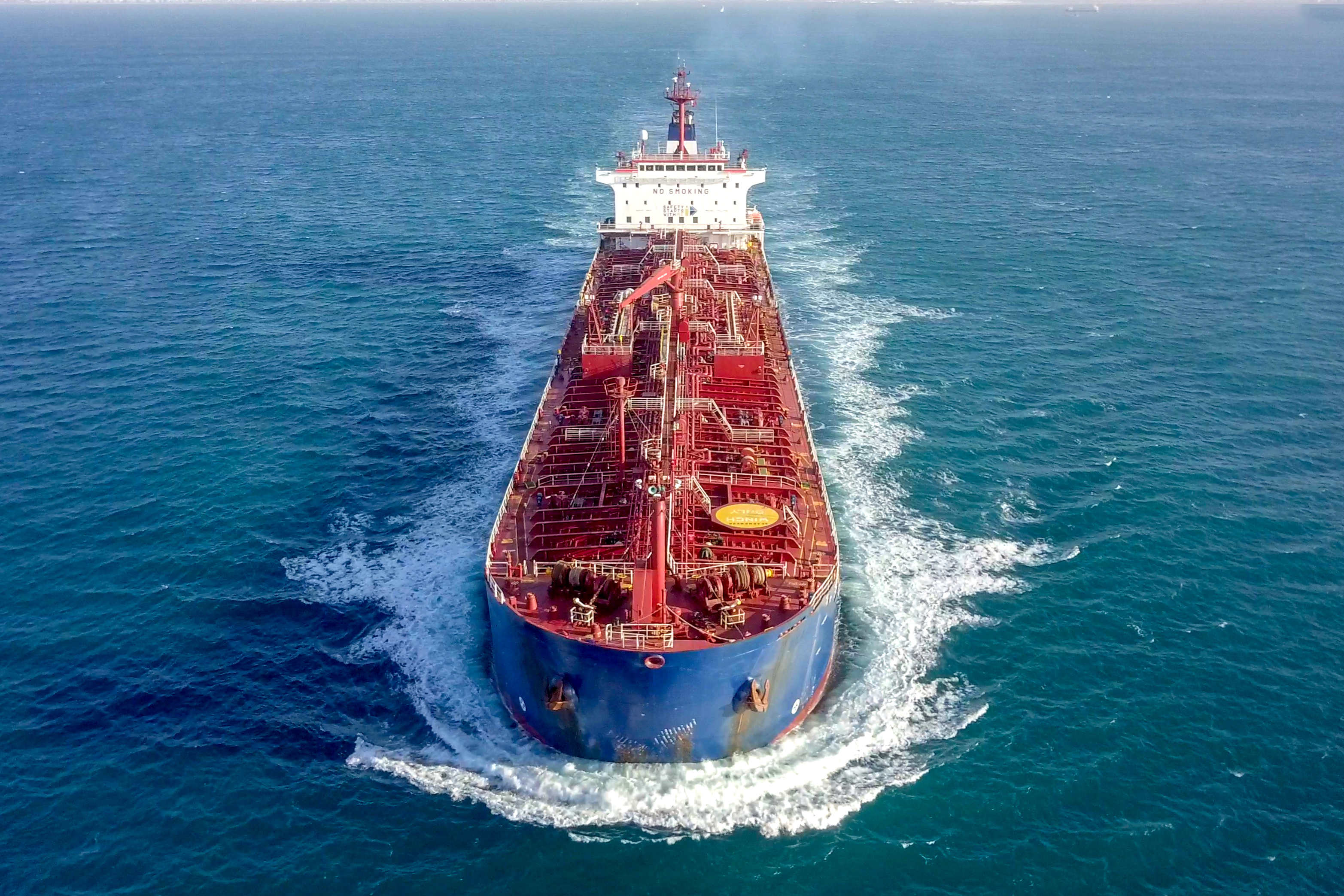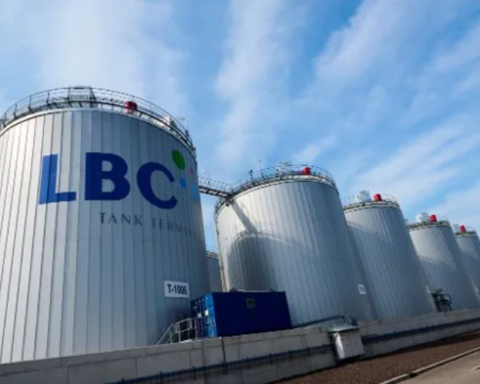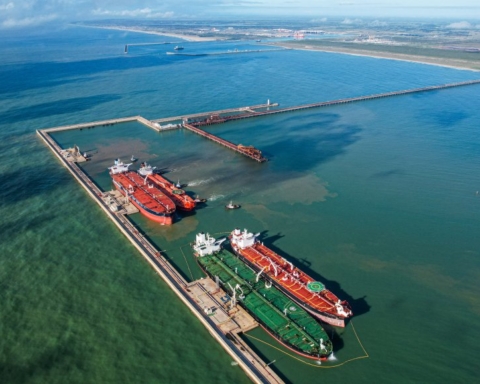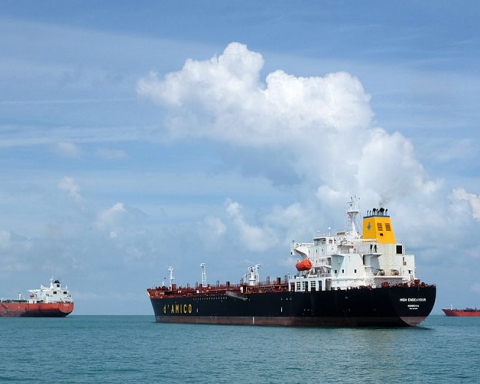In the first seven months of the year, VLCC tanker revenues were just over $5,000 per day on average. These figures mean running at a loss because this amount does not cover vessel operating costs. Suezmax and Aframax earnings were also negative.
Instead, 35-50,000 tonne product carriers, which are usually less sensitive to the ups and downs of the price of oil, made just over $7,000 per day.
Transport demand has been insufficient to ensure profitable employment for the entire fleet. Besides, global oil consumption is still below the levels reached in December 2019 of 101.8 million barrels per day. According to Saudi market leader Aramco, global demand for crude oil is expected to reach 99 million barrels per day by the end of 2021, rising to 100 million next year. So there is no expectation of a return to pre-Covid consumption levels before 2023.
On the other hand, the price of oil has risen by 35% since the beginning of 2021. Last Friday, contracts on Wti and Brent crude oil were trading above 70 dollars per barrel, but they have fallen to around 65-67 dollars over the last few days.
Naturally, the rise in the price of oil has brought much-needed cash to the coffers of crude oil companies: from Saudi Aramco, which reported an excellent second quarter 2021, to ExxonMobil, which announced a net profit of $4.69 billion in the quarter compared to a loss of $1.08 billion a year earlier. Shell, on the other hand, reported profits of $5.53 billion (the highest in two years), compared to $638 million in the second quarter. Italy’s Eni reported a net profit of €0.93 billion, which is €1.6 billion more than the Q2 2020 result.
If the price of oil rises, we now know that it is strictly due to financial speculation and not because of a real increase in the demand for oil, which, as we have seen, is still lower than the 2019 figures. The immediate consequence is a downturn in freight rates. In addition, if the price rises, many users who do not have an urgent need for oil postpone their purchases, contributing to a reduction in consumption and hence in the cost of transportation. It is a vicious circle.
The reasons for the rise in the price of oil are therefore to be found in the climate created among speculators based on post-Covid economic recovery forecasts. Aramco explained that the good performance in the April-June 2021 quarter was due to the upturn in economic activity, the easing of mobility restrictions that had been introduced to limit coronavirus infections, vaccination campaigns and recovery plans. Of course, the modest increase in oil demand in recent months has also had something to do with it, but not enough to bring consumption back to pre-Covid levels.
The second half of the year presents two unknowns, which are already affecting the sector’s recovery. Thanks to the agreement reached – amidst many difficulties – by the exporting countries belonging to the OPEC+ group, the supply of crude oil on the market has increased since 1st August. The Aramco CEO, for example, pointed out that he is working on reaching a production capacity of 13 million barrels per day, compared to the current 12 million.
Moreover, there is a growing awareness among financial operators that the pandemic is far from over, given the spread of the delta variant of the coronavirus and the increase in the number of cases of infections, from the USA onwards.
The most logical consequence of these two factors (an increase in the physical availability of crude oil and fears of a return to transport restrictions) should bring down the price of the barrel and thus encourage (albeit moderate) consumption and transport.
Translation by Giles Foster




